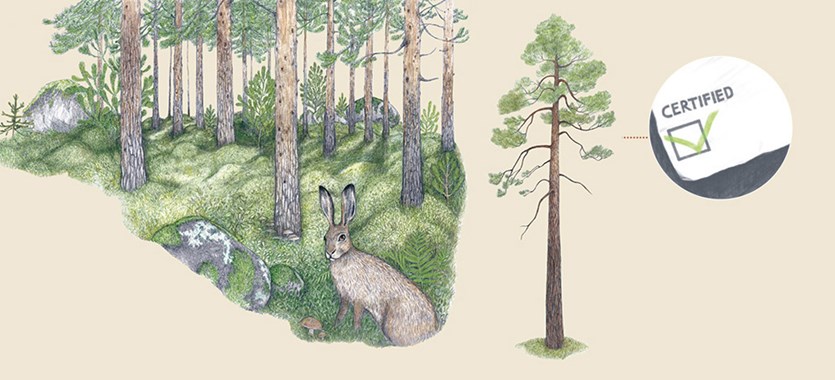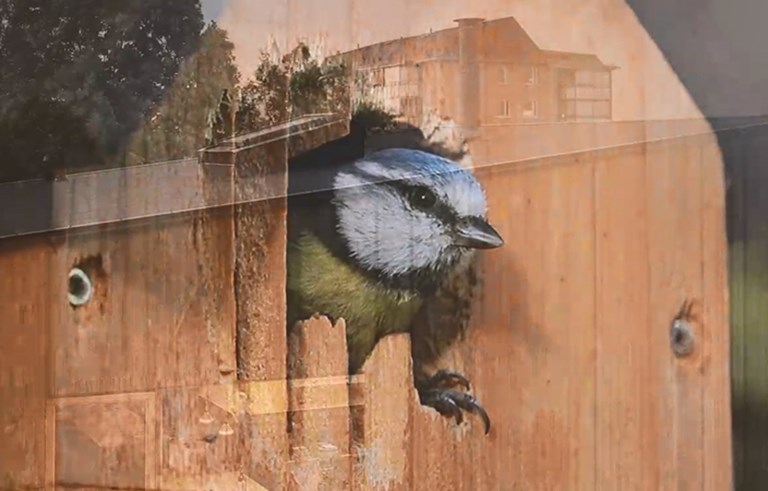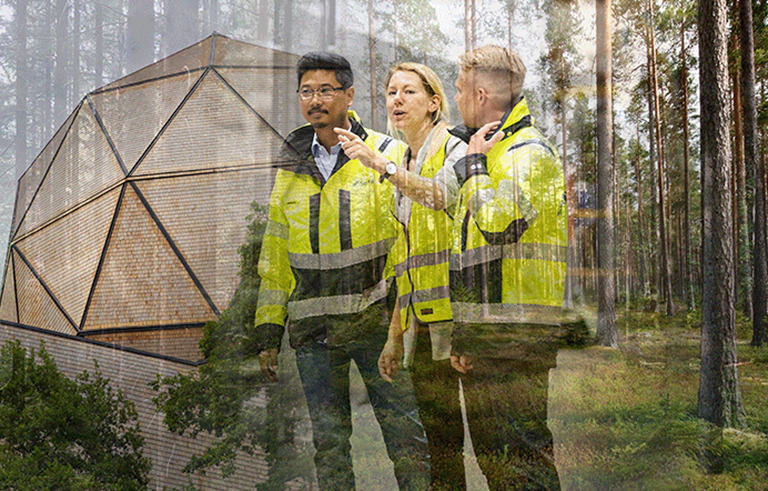Traceability allows every step in a process to be tracked and verifiable. For a sawmill, this means that the raw material used must be traceable to the point of harvest.
Interest in traceability and certified products is growing steadily throughout the construction and wood products industry. One example is that several chains of builders’ merchants have decided to sell only certified timber.
“Customer demand is constantly growing. Today, about half of the timber we sell is certified. Five years ago, that figure was 36%,” says Setra’s Bioproducts and Raw material Director, Klas Flygare.
In Sweden, 66% of all productive forest land is now certified, according to the Swedish Forest Agency’s annual statistics (2020). Th is is an increase of 2% since 2019. In addition, there are certain voluntary set-asides, where non-certified forest owners undertake to be particularly protective of natural, cultural or social assets.
“All the wood purchased by Setra comes from certified suppliers and is either certified or controlled according to FSC® and PEFC ™. We’re the link between the certified forestry and the certified end product. Each year, our part of the value chain is also audited and reviewed by an independent third party. Th is involves random checks of our raw material purchases, among other things,” says Klas Flygare.
Within a few years, traceability methods in the forest industry are expected to be further refined, as increased digitalisation of information flows helps to make the details of a log’s origin even more precise.

Where does the wood come from?
Traceability is becoming increasingly important throughout the construction and wood products sector. More and more people want to be sure that the products they buy come from responsibly managed forests.
Fact
1. Certification
There are two forest certification systems in Sweden: FSC® (Forest Stewardship Council) and PEFC™ (Programme for the Endorsement of Forest Certification).
Founded in the United States, FSC promotes environmentally aware, socially responsible and economically viable management of the world’s forests. It is a members’ organisation that includes the World Wide Fund for Nature (WWF).
PEFC is a non-profit organisation, based in Switzerland, that operates the world’s largest certification scheme for sustainable forest management. PEFC’s forestry standard aims to promote economically viable and valuable forest production, while also protecting biodiversity, cultural environments, and social and aesthetic values.
2. Tougher requirements
The nature conservation requirements of the Swedish Forest Management Act set the base level for all forest owners, covering preservation of high stumps, buffer zones near watercourses and dead wood in all logging activities.
Certification schemes go further, requiring more extensive consideration and completely excluding areas of high conservation value from harvesting. Choosing products with FSC and PEFC certification confirms that the forestry meets these expanded requirements.
3. Traceable logs
All the logs purchased by Setra are Swedish, controlled and traceable. Usually the logs originate locally or regionally near the sawmill. The logs arrive at the sawmill with a delivery note stating the exact geographical coordinates of the harvesting site.
Text: Lena Lidberg
Illustration: Astrid Linnea Andersson
Published: 2022-02-15






